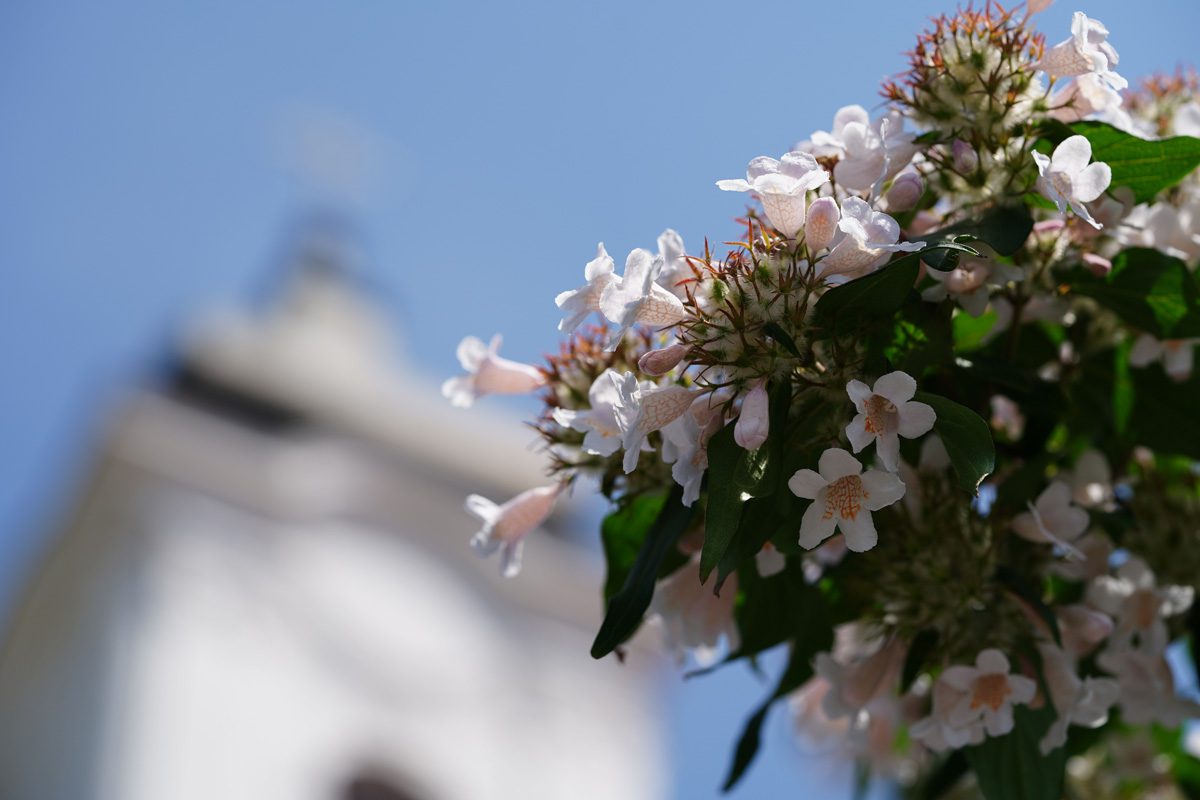Description
Abelia –
Named after a British physician Dr. Clarke Abel. This genus contains 30 species ornamental evergreen and deciduous shrubs. This genus belongs to Caprifoliaceae or honeysuckle family. Found in Northern Hemisphere, from eastern Asia to Mexico.
These plants usually have glossy opposite leaves and funnel form or tubular flowers usually white or pinkish sometimes with orange blotches, some also have reddish sepals, which add to their ornamental appeal.
Can be individual planted or as a hedge. Abelia’s thrive in any well-drained and moderately fertile soil, either sun or slight shade. Abelia’s are moderately frost hardy, so sheltered away from cold/drying winds. Best pruned in late fall, cut flowering branches and some older growth to ground, keep arching habit.
Prone to anthracnose, leaf spots, powdery mildew, and fungal root rots occur.
A. Schumannii – A. longituba – Schumann Abelia– Named after Dr. Karl Schumann, a nineteenth century German Botanist. It is native to Western and central China. Grows about 6 feet tall and 10 feet wide. Young shoots are reddish the leaves are oval about 1/2″ long and are bronze to pale green at first but become a dull green. The flowers appear on the upper part of the cane, producing a succession of showy bell shape, lilac-pink slightly scented flowers form early spring to early fall
Zones 7-10





